América del Norte/Estado Unidos/julio de 2016/ Inside Higher Ed
Resumen: El programa gratuito del colegio de la comunidad de Oregon comienza este otoño, pero varios líderes, desde hace dos años dicen que: la universidad del estado en el programa de donación de fondos es muy exclusivo, alegan que «Decir que se trata de la universidad libre es más que un término equivocado, porque no todo el mundo tiene derecho a ella y no todos van a recibir la enseñanza gratuita», dijo Camille Preus, presidente de Blue Mountain Community College, que se encuentra en Pendleton, Oregon.
When academics and policy makers talk about free community college, two states are typically mentioned — Tennessee and Oregon.
The former became the first in the country last year to establish a statewide program that eliminates the price of tuition at community colleges for qualified students. The latter is starting a similar program this fall.
But there are major differences between the programs. For one, Tennessee Promise is funded through $360 million in lottery revenue, while the Oregon Legislature approved $10 million for the first year of that state’s program. Oregon’s funding isn’t guaranteed in the future and must be renewed by state lawmakers. And to be eligible, students must have and maintain a 2.5 GPA. In Tennessee, the requirement is a 2.0.
“To call it free college is more of a misnomer, because not everyone is eligible for it and not everyone will receive free tuition,” said Camille Preus, president of Blue Mountain Community College, which is located in Pendleton, Ore.
For example, among prospective students who have applied for the Promise grant and listed Blue Mountain as their choice, Preus said, about 125 do not qualify for the program.
“We are sensitive to the fact that parents are not going to call up legislators. They’re going to call up the college and ask, ‘What about our free tuition?’” she said. “So we’re looking at ways that our foundation can help these students. If they decide they want to go to college, we want to help them go to college, and we don’t want finances to be in the way.”
Preus is one of several community college leaders in the state who have been preparing for the start of the Oregon Promise this fall while also advocating for changes to the program. Requested changes include opening the program up by lowering the GPA requirement, expanding beyond recent high school graduates and GED recipients, and providing more resources to the community colleges.
“Those most economically disadvantaged are those who are least likely to continue their education that quickly,” said Greg Hamann, president of Oregon’s Linn-Benton Community College. “We’d also like to get rid of the GPA requirement … and if we’re going to support student access, we need to support institutions’ capacity to support those students.”
So far, Oregon doesn’t have a clear estimate of how many students will enroll in the Promise this fall, but they’re predicting that between 6,000 and 8,000 will be eligible for the grants, said Ben Cannon, executive director of the Oregon Higher Education Coordinating Commission.
“We believe the $10 million appropriated for the first year of the program will be sufficient for these students, although that involves a fair amount of guesswork until students show up,” Cannon said, adding that the Legislature also provided extra funding to colleges to help with the influx of students.
The state government contributed $1.5 million this year to the community colleges to hire more academic advisers, with the number based on the size of each institution. Another $1.6 million in spending went to help the colleges improve student success and completion, he said.
But Hamann said the discussion around free college is complicated and often not understood well. He’s also concerned that the state hasn’t provided enough resources for colleges to help an influx of new students reach completion.
“Tuition at community college is frequently not the major cost of going to school,” Hamann said. “In Oregon this is just another popular — but perhaps not ideally constructed — attempt to do something for our students.”
Hamann said Linn-Benton does not know exactly how many Promise students will arrive on campus this fall, but the college is ranked as the fourth most selected community college among the Promise students on the Free Application for Federal Student Aid. The college enrolls roughly 7,000 students and is anticipating a 5 percent increase due to the program, he said.
Oregon, like Tennessee, is a last-dollar policy, which means qualified students who fill out the FAFSA can benefit from the program only after they’ve used existing federal and state aid. The state also is using some of the $10 million in initial funding to provide $1,000 stipends for full-time Promise students (or $500 for part-time students) who are entirely covered by federal Pell Grants to help offset additional costs like textbooks, transportation or living expenses.
Beyond the additional advisers and money to create mandatory “first-year experiences” for Promise students, “the state has provided really no substantial resources to support those students,” Hamann said. Those first-year experiences will vary from college to college but can include freshman boot camps to develop study skills or a class that teaches students how to succeed.
Preus said conversations with legislators and the governor’s office to expand the Promise are still in the early stages.
But similar to Tennessee, the discussion the grant program has sparked about going to college has led to a boost in interest. Both Hamann and Preus said they’ve received inquiries from parents and students about the Promise program.
“We do know that Oregon has led the nation in increased FAFSA filings for high school seniors this year, and that’s pretty significant,” said Andrea Henderson, executive director of the Oregon Community College Association.
The state had a 9 percent increase in FAFSA completion, Cannon said.
Once the program is underway, Henderson said, the state and its two-year colleges will study whether students who wouldn’t otherwise have attended college are now doing so because of the Promise, as well as whether or not it’s helping minority and low-income students.
Fuente: https://www.insidehighered.com/news/2016/06/27/critics-say-oregon-promise-lacks-adequate-funding-and-has-overly-strict-eligibility
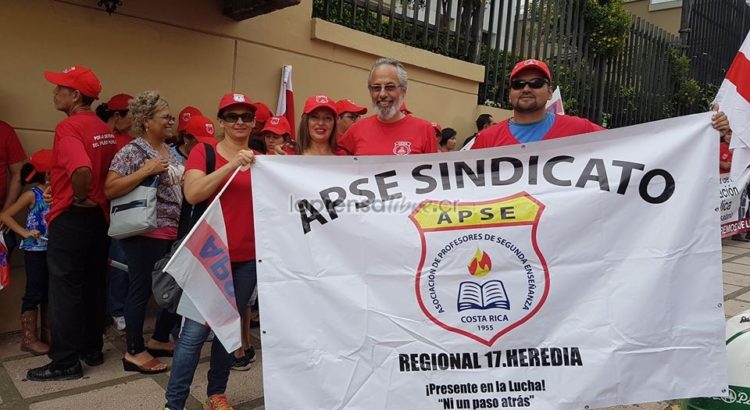


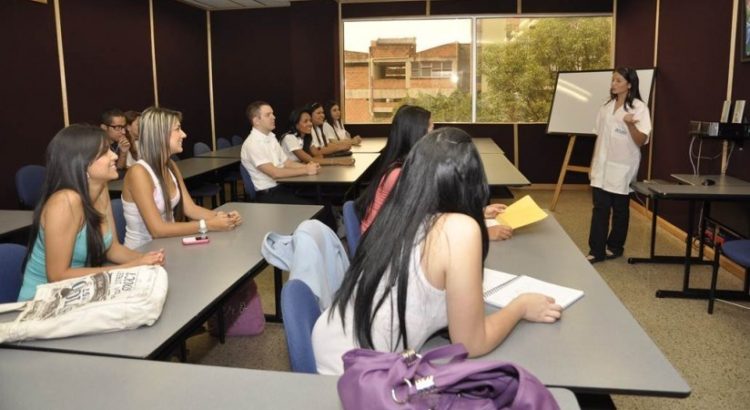
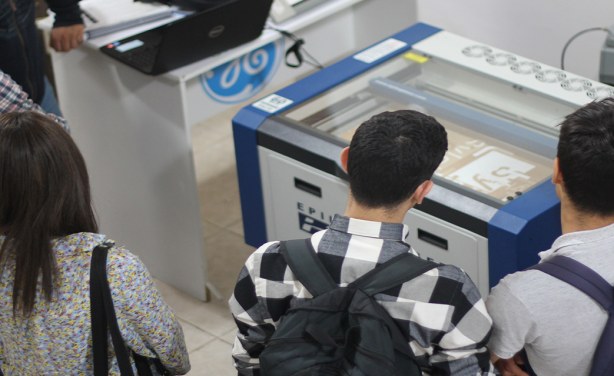
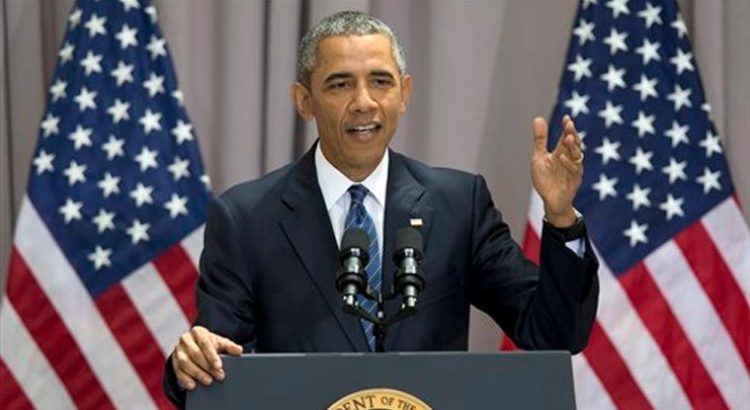
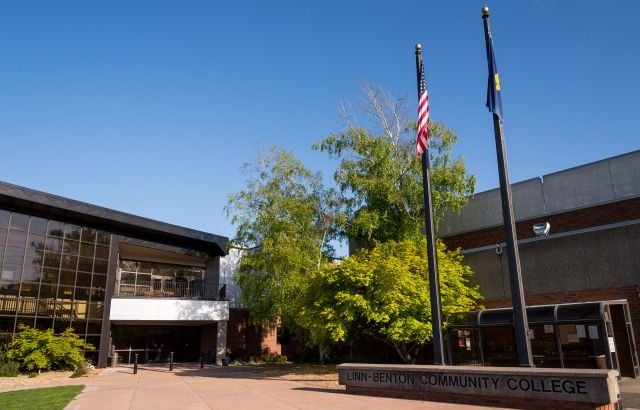






 Users Today : 6
Users Today : 6 Total Users : 35423785
Total Users : 35423785 Views Today : 6
Views Today : 6 Total views : 3359061
Total views : 3359061